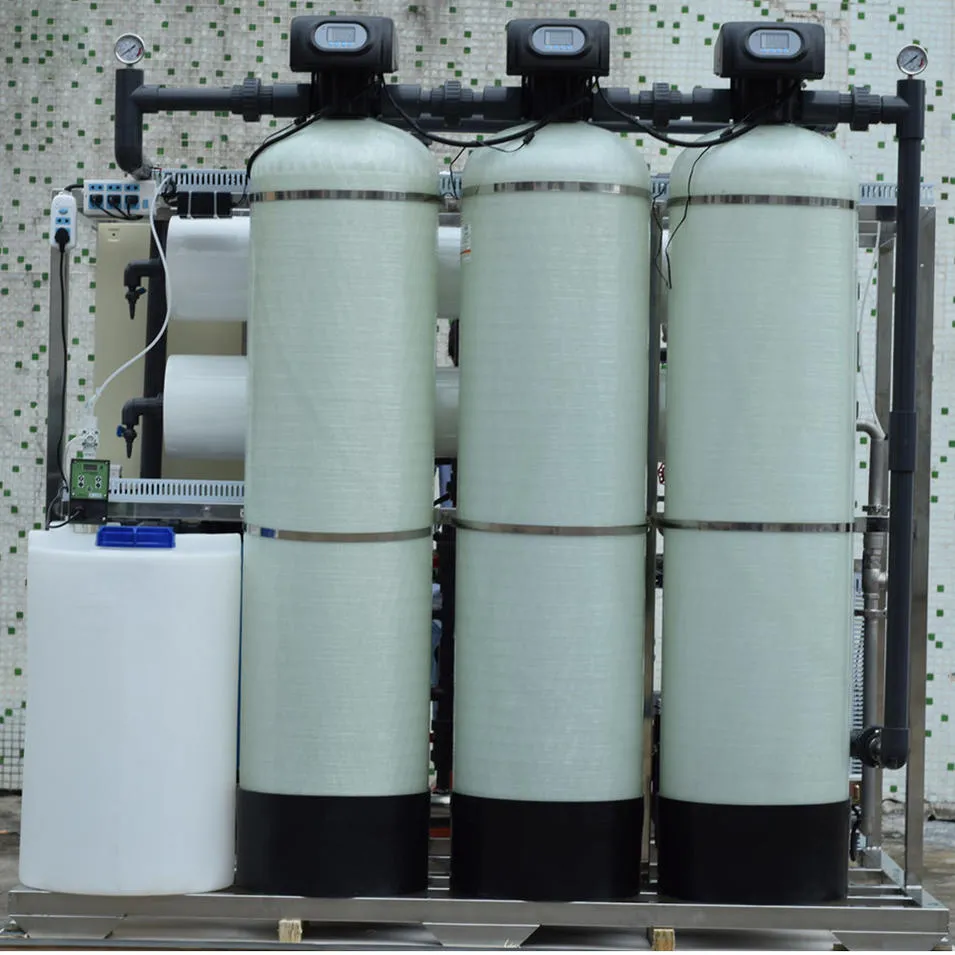loading...
- No. 9, Xingyuan South Street, Dongwaihuan Road, Zaoqiang County, Hengshui, Hebei, China
- admin@zjcomposites.com
- +86 15097380338
- Welcome to visit our website!
grp structures
Understanding GRP Structures A Comprehensive Overview
Glass Reinforced Plastic (GRP), commonly known as fiberglass, has become a pivotal material in various industries due to its unique properties and versatility. GRP structures, made from a combination of glass fibers and polymer resins, boast a remarkable strength-to-weight ratio, corrosion resistance, and design flexibility. This article delves into the fundamental aspects of GRP structures, their applications, advantages, and future trends.
What are GRP Structures?
GRP structures are composite materials that utilize glass fibers embedded in a resin matrix to create strong and durable components. The glass fibers provide significant tensile strength, while the resin offers structural integrity and resilience against environmental factors. Unlike traditional materials such as metals and wood, GRP structures can be molded into various shapes and sizes, allowing for innovative applications across different sectors.
Applications of GRP Structures
1. Construction and Architecture GRP is widely used in construction for elements like roofing systems, cladding panels, and decorative facades. Its lightweight nature simplifies transportation and installation, while its resistance to weathering ensures longevity.
2. Automotive Industry The automotive sector employs GRP in the production of body panels, interiors, and components. The material's lightweight properties contribute to fuel efficiency and reduced vehicle emissions, making it a popular choice in the push toward sustainable transportation.
3. Marine Industry GRP is extensively utilized in boat manufacturing due to its buoyancy, durability, and resistance to saltwater corrosion. From hulls to decks, GRP structures enhance the longevity and performance of marine vessels.
4. Wind Energy Wind turbine blades commonly incorporate GRP due to its lightness and strength. The ability to mold large structures from GRP reduces manufacturing complexity, thus improving the efficiency of developing renewable energy sources.
5. Electrical and Electronics GRP is used for insulating applications in electrical enclosures and components, providing protection against environmental hazards while maintaining electrical insulation properties.
grp structures

Advantages of GRP Structures
1. Corrosion Resistance One of the greatest advantages of GRP is its ability to resist corrosion from chemicals and environmental factors. This property extends the lifespan of structures, especially in harsh settings such as chemical plants or coastal areas.
2. Lightweight GRP’s lightweight nature allows for easy handling and installation, reducing transportation costs. Industries benefit from using GRP as it allows more efficient material usage without compromising structural integrity.
3. Design Flexibility GRP can be molded into complex shapes, offering architects and engineers the freedom to create innovative designs. This flexibility also reduces the need for additional structural support.
4. Thermal Insulation The low thermal conductivity of GRP makes it an excellent insulator, contributing to energy efficiency in buildings and reducing heating and cooling costs.
5. Cost-Effectiveness Although the initial cost of GRP materials may be higher than traditional options, the long-term savings in maintenance, durability, and energy efficiency often make it a more cost-effective choice over time.
Future Trends in GRP Structures
The future of GRP structures looks promising, with ongoing advancements in material science and engineering. Innovations such as bio-resins and recyclable composites are gaining traction, aligning with global sustainability goals. The use of advanced manufacturing techniques like 3D printing is also on the rise, enabling faster production and customization of GRP components.
In conclusion, GRP structures are becoming increasingly integral to various industries due to their unique properties and versatility. As technology evolves and sustainability becomes a priority, the role of GRP in modern design and construction will undoubtedly continue to grow, leading to innovative solutions that challenge traditional materials. Embracing GRP may not only enhance product performance but also contribute to sustainable practices in a rapidly changing world.
-
The Rise of FRP Profiles: Strong, Lightweight, and Built to LastNewsJul.14,2025
-
SMC Panel Tanks: A Modern Water Storage Solution for All EnvironmentsNewsJul.14,2025
-
GRP Grating: A Modern Solution for Safe and Durable Access SystemsNewsJul.14,2025
-
Galvanized Steel Water Tanks: Durable, Reliable, and Ready for UseNewsJul.14,2025
-
FRP Mini Mesh Grating: The Safer, Smarter Flooring SolutionNewsJul.14,2025
-
Exploring FRP Vessels: Durable Solutions for Modern Fluid HandlingNewsJul.14,2025
-
GRP Structures: The Future of Lightweight, High-Performance EngineeringNewsJun.20,2025
